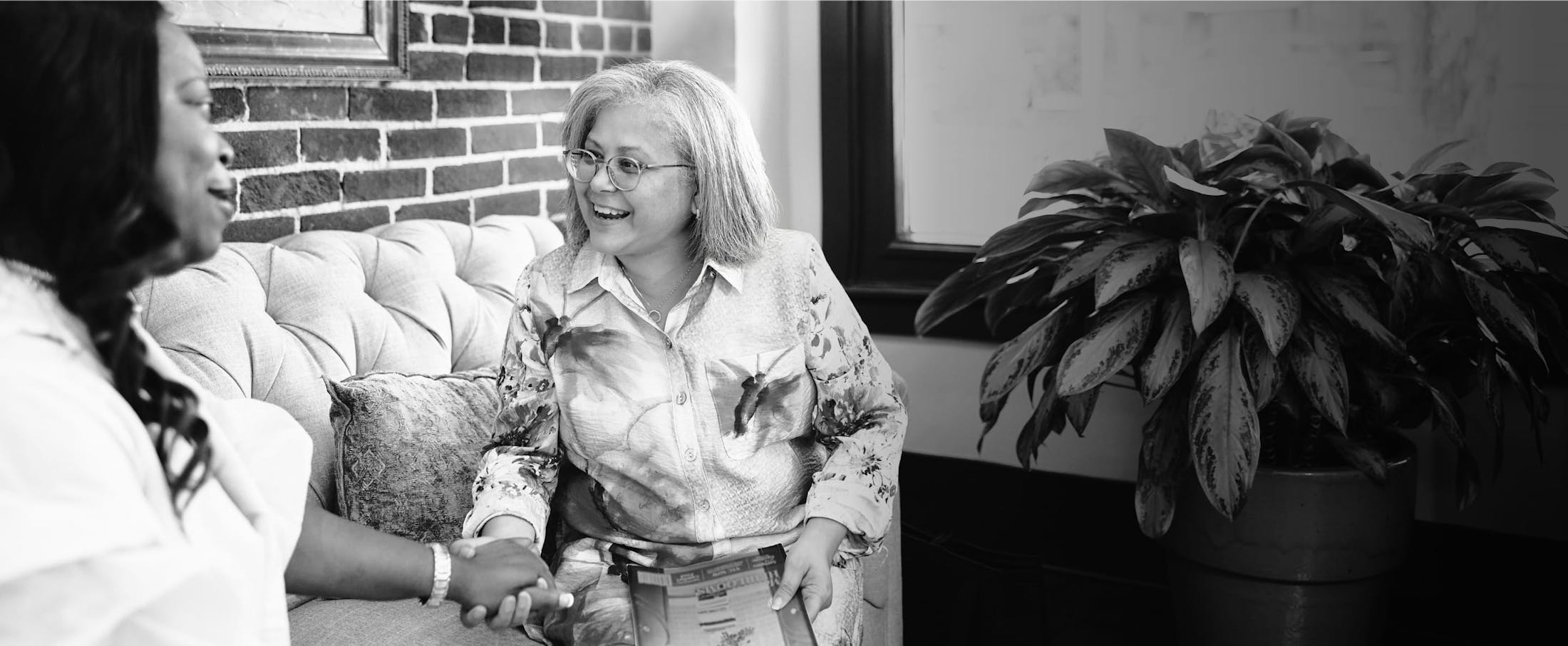http://www.al.com/sports/index.ssf/2012/01/alabamas_embarrassing_lawsuit.html
By Jon Soloman
Article courtesy of al.com
BIRMINGHAM, Alabama — What’s an Alabama national championship without another Daniel Moore painting? The latest one revealed this week will be called “Restoring the Order.”
Now, if only order got restored to Moore’s career.
The University of Alabama’s embarrassing lawsuit against Moore over trademark rights remains alive seven years later.
Moore won the heart of the case in 2009 when a federal judge ruled that painting Crimson Tide uniforms didn’t infringe on the university’s trade dress. Moore lost the right to reproduce his copyrighted paintings on coffee mugs and calendars. So Alabama and Moore each appealed, and oral arguments will be heard Feb. 2 in Atlanta.
Alabama’s PR nightmare continues while fighting art as free speech and a popular artist whose paintings since 1979 helped shape the Crimson Tide’s storied history. Even Alabama President Robert Witt acknowledged in his 2008 deposition that university supporters he heard from “predominantly” opposed the lawsuit.
Schedule a Free Legal Consultation Contact Us
Instead, Alabama used deep pockets to try to bleed Moore, who said his defense has cost hundreds of thousands of dollars. He’s not exactly broke. For instance, five paintings from Alabama’s 2009 championship yielded more than $1 million in gross sales before employee and overhead costs, Moore said.
Alabama’s legal expenses have cost approximately $1.4 million, with funding coming from revenue from the self-sustaining athletics department, university spokeswoman Deborah Lane said.
“While we regret the necessity of having to involve the courts in this matter,” Lane said in a statement, “the lawsuit was necessary since UA must protect the value and reputation of our trademarks, names, colors, indicia and logos, by determining who uses them, as well as when and how they are used.”
Moore is a test case for Collegiate Licensing Company, Alabama’s licensing agent. CLC represents the NCAA, more than 100 universities and many conferences in the $4 billion industry of collegiate licensed merchandise.
The lawyers representing Alabama are CLC’s counsel. CLC acknowledged it is providing “material and financial support” to Alabama and did not comment further.
This fight might not end soon. Steve Heninger, Moore’s attorney, said Alabama and CLC lawyers explained from the start they would go to the U.S. Supreme Court if necessary.
“CLC wants the law in black and white and a favorable ruling so they can charge the universities they represent more to go after art work and posters,” Heninger said. “They’ve tightened up a lot on (unlicensed) T-shirts, which is understandable. But art, we’ve got to fight.”
In his deposition, Witt faced the odd task of explaining why he didn’t sue Moore for publishing his artwork in the “Crimson & White” and “Iron Bowl Gold” books. Witt’s reasoning: Some written text in Moore’s books represented a freedom-of-speech issue, unlike a framed print on a wall.
Lane said Moore was licensed with Alabama from 1991 until 2000 and refused to continue. Moore said he paid more than $1 million in licensing fees, but his main concern is not allowing Alabama to control what he paints, calling it “a God-given right.”
Heninger said NCAA rules prevent Alabama from licensing products that depict athletes with remaining eligibility unless the item is only sold through the university’s distribution system. For instance, a licensed Moore painting showing BCS Championship Game MVP AJ McCarron would have to be sold at the university’s bookstore or website, not Bama Fever. That restricts Moore’s market.
“I don’t wait on someone to exhaust his eligibility,” Moore said. “Neither does The Birmingham News or Sports Illustrated before they publish a picture.”
Lane said Alabama has licensing agreements with about 600 business owners, two of whom produce sports art. This week, ActionSportsArt released two pieces of art from the latest BCS Championship Game that Alabama licensed and commissioned.
“I feel like they’re trying to nudge out would-be competitors, like they stole my idea and now they’re pushing me out,” Moore said.
Moore still supports the university he attended.
“But I’m not going to tell you it doesn’t still hurt,” he said. “It feels like Dre Kirkpatrick getting hit from behind by the Honey Badger on a cheap shot.”
The Cheap Shot. Sounds like a working title of Moore’s odyssey.

